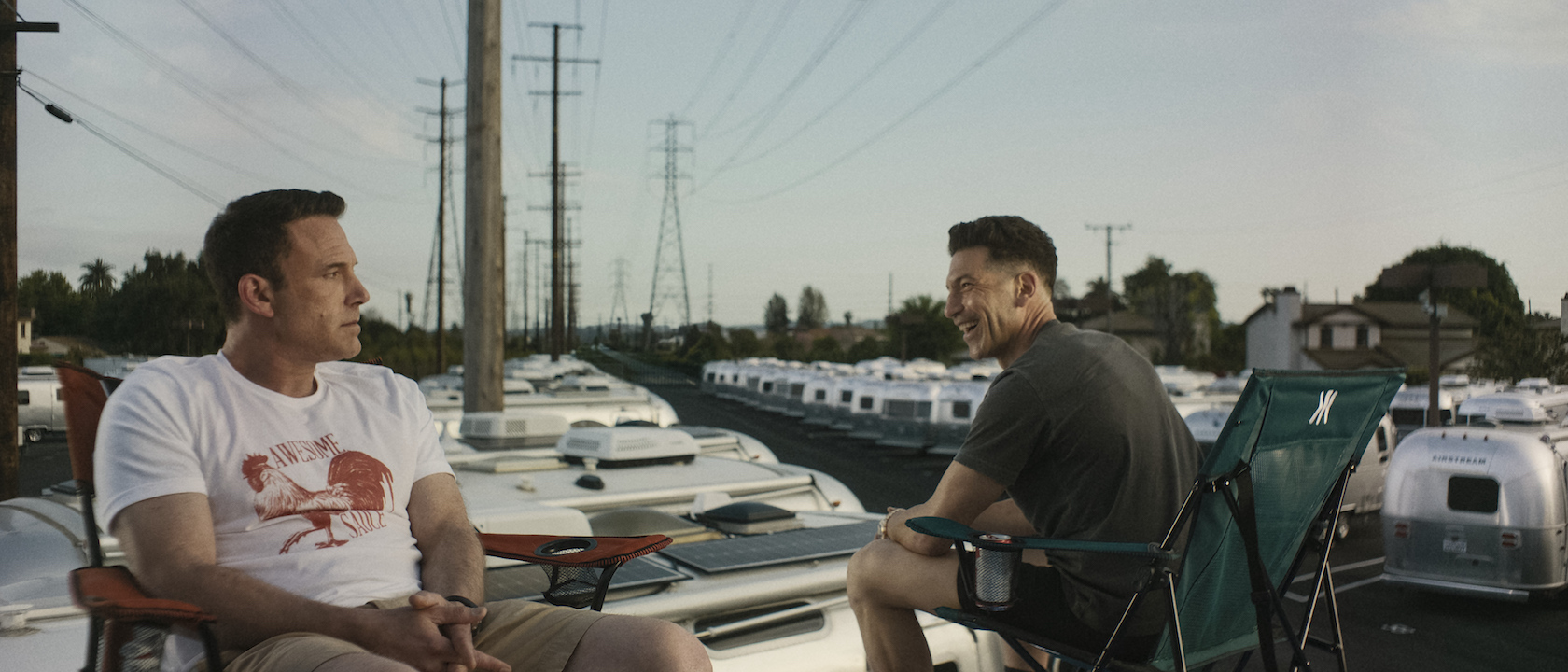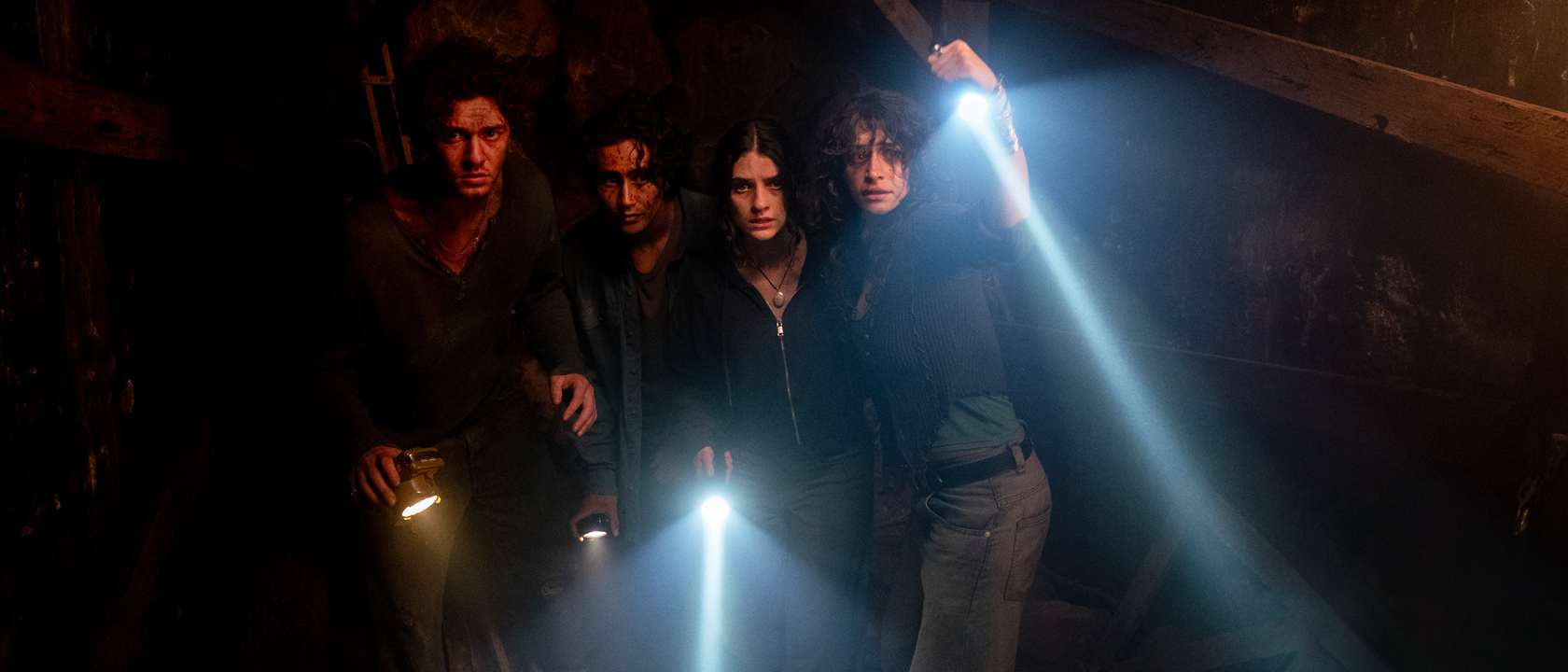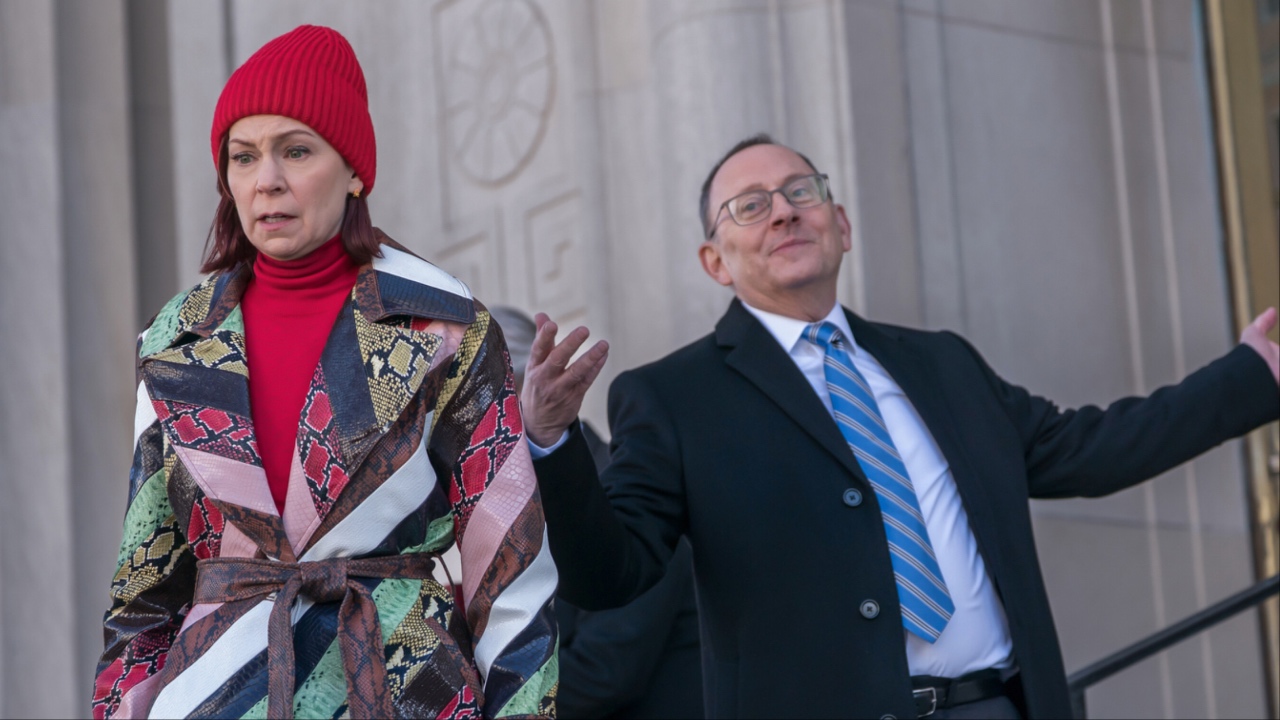House At The End Of The Street isn’t a great horror movie, but it is a careful one. It consistently chooses the correct camera angles. It lets its characters interact like real human beings. It uses the weather to its advantage. It gives and withholds the right ratio of information. It makes the correct decision more often than not, and consequently, when all of those little moments are added up, they far outweigh the story problems that would have easily sunk most films in its position. Plus, having Jennifer Lawrence and Elisabeth Shue really helps.
Most of us learned a long time ago not to expect anything from performances in horror films. Maybe it’s the subject matter. Maybe it’s the self-fulfilling prophecy of low expectations. Whatever the reason, the acting in scary movies is bad far more often than it’s good, which is why it feels so refreshing to watch Lawrence and Shue offer their usual quality. Both women have been better in other things, but their mere solidness in House At The End Of The Street really helps to sell everything going on. They make us care about their characters’ screams and care about their basic movements. They even convince us to care about their mother-daughter relationship.
That’s probably where the two women are most important Like all horror flicks, House is concerned with terror, but the lead-up to the fright fest is longer than usual. In less capable hands, the devoted time could have felt boring and wasted, but here, it feels honest and human. The relationship between mom Sarah (Shue) and daughter Elissa (Lawrence) has been fractured for a long time; so, in order to mend fences and start anew, they trade the hustle and bustle of Chicago for the stillness of a large house next to a national forest. Ordinarily, there’s no way they could afford such a property, but thanks to the odious mansion with a dark past next door, they’re able to move in.
The residence in question is occupied by part-time college student Ryan Jacobson (Max Theriot). When he was a kid, his mentally deranged sister murdered their parents and then escaped into the woods, sinking property values in a ten mile radius and forever cursing him to be the weirdo everyone in town is suspicious of. He just wants to be left alone, but Elissa has other ideas. She sees a sad little project she can fix, much to her mother’s chagrin.
You can make your own guesses as to how this set-up turns into a horror movie. No doubt the more astute among you could probably even come up with a better story arc than what actually unfolds from this point forward. There are definitely a few holes and question marks in what we’re given, but thanks to the solid character development we got early on and a great sense of scare timing from director Mark Tonderai, it’s still snappy, exciting and pretty satisfying.
House At The End Of The Street realizes scariness and creepiness are often proportional to how much we care about the character or characters in trouble. It takes great pains to present Elissa as a believable high school girl (at one point, she expresses an interest in using the term “dickhole” more) and Sarah as a believable mother (she shoots some of the meanest death glares I’ve ever seen). By the end of the film, they feel like women we know. They feel like women we’d like to see the best for, and even as the plot hurdles out of control, we’re invested in the outcome. We care. That’s rare for a horror movie, and it’s as good of a reason to see a movie as any I can think of.
Mack Rawden is the Editor-In-Chief of CinemaBlend. He first started working at the publication as a writer back in 2007 and has held various jobs at the site in the time since including Managing Editor, Pop Culture Editor and Staff Writer. He now splits his time between working on CinemaBlend’s user experience, helping to plan the site’s editorial direction and writing passionate articles about niche entertainment topics he’s into. He graduated from Indiana University with a degree in English (go Hoosiers!) and has been interviewed and quoted in a variety of publications including Digiday. Enthusiastic about Clue, case-of-the-week mysteries, a great wrestling promo and cookies at Disney World. Less enthusiastic about the pricing structure of cable, loud noises and Tuesdays.











